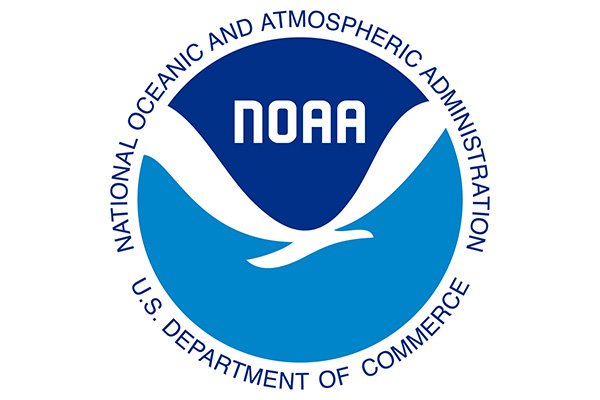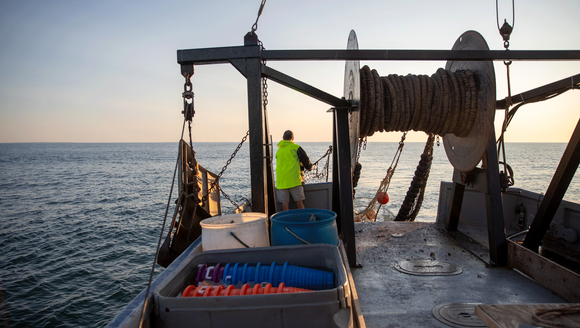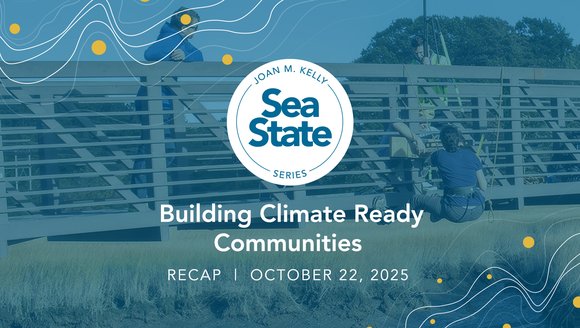Improving Lobster Distribution Models
Keeping track of lobster.
We are advancing models to describe observed patterns and project lobster distribution and abundance under changing ecosystem conditions. Our work will also synthesize results from other modeling efforts to holistically characterize expectations and uncertainty associated lobster distribution projections. These projects will enhance information available and strengthen stakeholders’ capacity to integrate that information into decision making processes.
Project Goals:
- Develop joint species spatio-temporal distribution models to assess the influence of environmental conditions and trophic interactions on historical juvenile and adult lobster distribution and abundance.
- Generate future projections of juvenile and adult lobster distribution and abundance that account for changing environmental conditions and the spatial distribution and abundance of lobster predators.
- Convene an expert working group to evaluate model output differences, diagnose key sources of uncertainty and develop consensus information to guide future model development and output applications by decision-makers and managers.
Species distribution shifts resulting from warming ocean temperatures are one of the most well documented fingerprints of global climate change and present numerous challenges. The Northeast U.S. Shelf Large Marine Ecosystem has experienced remarkable warming over recent decades, warming nearly three times faster than the global average. This extraordinary warming trend, alongside frequent marine heatwave events, are already affecting marine populations in the region, including American lobster, which supports the most valuable single-species fishery in the United States.
Continued changes in lobster distribution and abundance within the region will create challenges, as declines in the local availability could increase potential risks to reliant coastal communities and pressure traditional management practices. Our ability to meet these challenges requires models that can accurately project lobster distribution and abundance under future potential ecosystem conditions. This project will work along two major fronts to advance this goal. The first will focus on developing distribution models that account for more than environmental influences on lobster distribution. In particular, we will incorporate lobster predators into these models, as predation may influence the spatial distribution of lobster biomass in the future. The second front will focus on understanding differences among existing lobster distribution model projections by bringing together a diverse group of expert model developers to develop a plan for communicating expectations and uncertainty in model predictions to potential users of the outputs. In sum, this research will provide information necessary to support forward-looking conservation and management strategies for the lobster fishery, ultimately enhancing the resilience and adaptation capacity of coastal communities that rely on lobster to support their livelihoods and maintain their cultural identity.
Project Team
Project Sponsor
Material mentioned on this page is a result of research funded by the National Oceanic and Atmospheric Administration's National Sea Grant Office under award NA20OAR4170516.
-
The Next Wave of Maine’s Blue Economy
Reflections from the 2025 Blue Economy Investment Summit, and the future of Maine's blue economy.
Perspectives
-
Demystifying the Blue Economy
The blue economy is a hot topic these days, but the meaning behind the term isn't always clear. In this blog, we break down what …
Perspectives
-
Fisheries 101
Fisheries are the backbone of our state's economy and cultural heritage, but these systems are complex, and managing them even more so. Read on for …
Perspectives
-
Sea State Recap: Building Climate Ready Communities
In this installment of the Sea State series at the Gulf of Maine Research Institute (GMRI), we hosted a timely conversation around supporting Maine communities …
Perspectives




